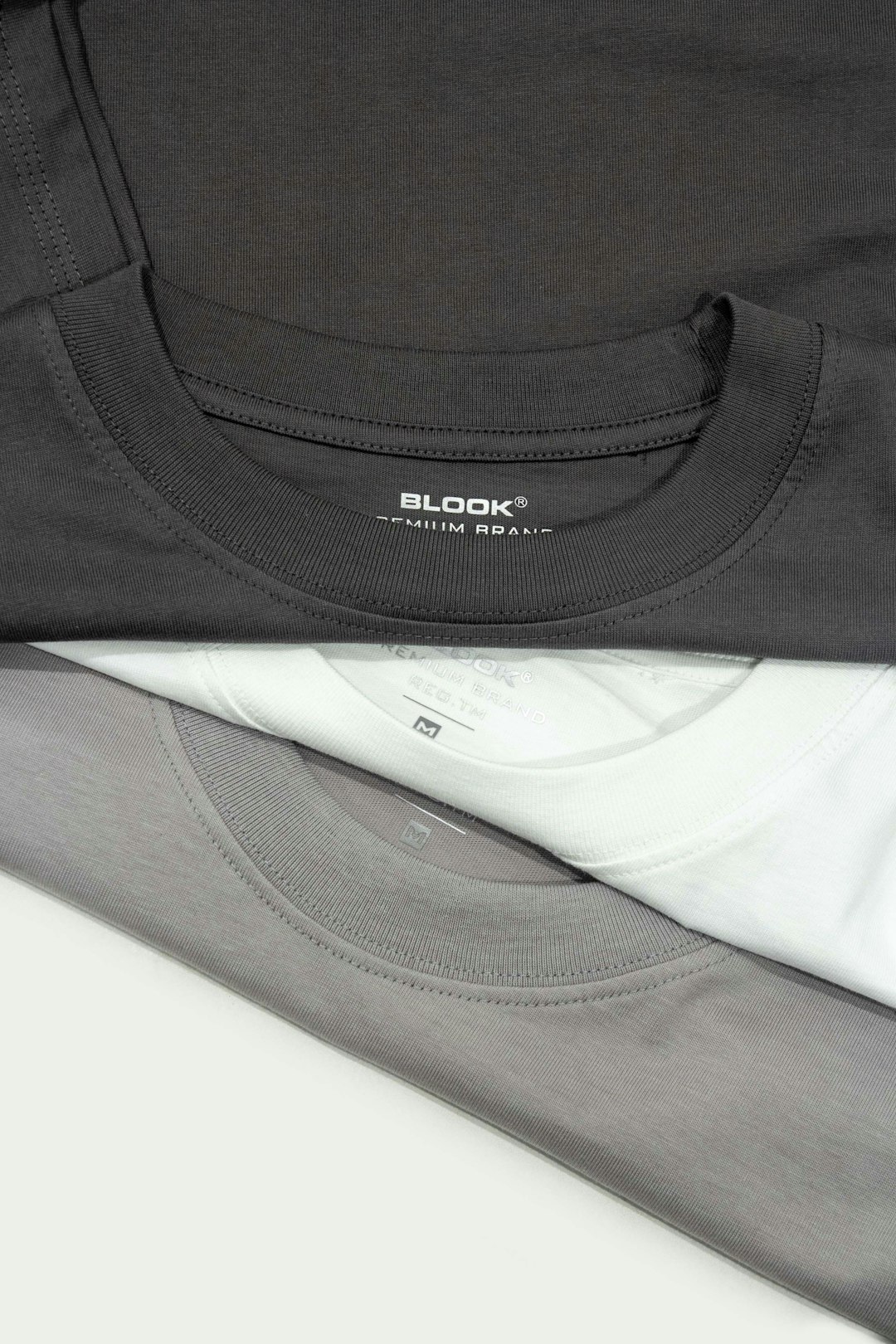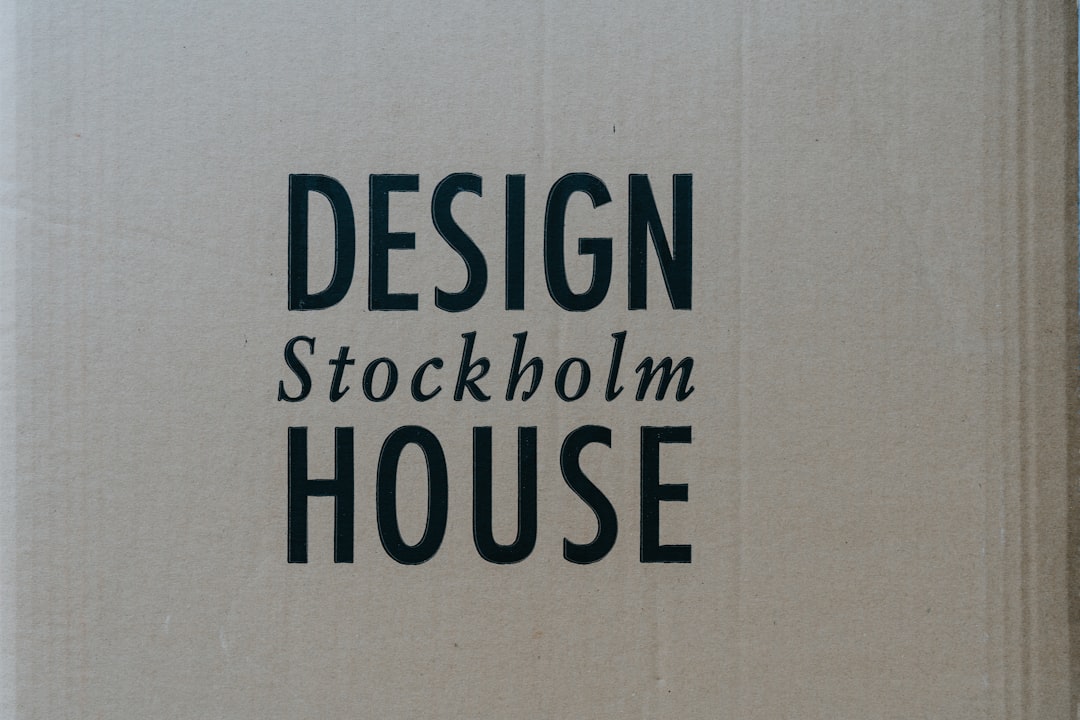In the world of e-commerce, the print-on-demand business model has rapidly surged in popularity, providing entrepreneurs and creatives a flexible way to monetize their art and ideas. Whether it’s quirky quotes, clever puns, or stunning visuals, print-on-demand allows you to create a product once and let technology take care of the rest. However, what makes these designs resonate and sell often comes down to one key element: the logo.
TL;DR
Logos play a crucial role in defining the identity and distinctiveness of your print-on-demand products, whether you’re selling t-shirts, tote bags, or hoodies. A great logo boosts brand recognition, drives customer loyalty, and even enhances product appeal. This article explores design tips, market trends, and the key elements of effective logos specifically tailored for print-on-demand merchandise. Read on to learn how to make your products stand out in a competitive marketplace.
Why Logos Matter in Print-on-Demand
Logos are more than just pretty graphics—they are the visual embodiment of your brand. In print-on-demand, particularly with wearable items like t-shirts, tote bags, and hoodies, logos become a crucial selling point. Customers wear and carry your designs into the world, becoming mobile advertisements for your brand. Here’s why logos are so essential in this space:
- Brand Recognition: A memorable logo helps people instantly recognize your products, even from a distance.
- Emotional Connection: A well-crafted logo can evoke emotion and align with a certain lifestyle, making it more likely customers will become loyal fans.
- Professional Appeal: Clear, quality logos make even amateur designs look polished and trustworthy.
Logo Design Principles for Print Products
Creating a logo for print-on-demand products requires a strategic approach. Unlike digital designs, these graphics need to translate well onto fabric surfaces of varying colors and materials. Here are some fundamental principles to guide your logo design:
1. Keep It Simple
Minimalist logos often perform the best across products. Overly complex logos can get lost in fabric textures or appear too cluttered on smaller items like tote bags. A strong logo should be identifiable at a glance.
2. Make It Scalable
Print-on-demand products come in various dimensions. A logo must look great at both small and large sizes—whether on the chest of a hoodie or the side of a tote bag. Use vector graphics wherever possible to retain clarity and resolution.
3. Choose the Right Font
Typography is a key part of logo design. Sans-serif fonts are generally cleaner and more legible on fabric, but vintage or script fonts can work well depending on your brand’s niche. Avoid fonts that are hard to read when scaled down.
4. Color Considerations
Bold, contrasting colors tend to stand out best, especially on darker garments like hoodies. However, always test your logo in both black-and-white and full color to ensure it remains effective across color variations.
Designing Logos for Specific Products
Each apparel type offers different creative opportunities and challenges. Here’s how to tailor your logo approach depending on whether you’re designing for t-shirts, totes, or hoodies.
T-Shirts
T-shirts are the most versatile print-on-demand item. A chest-centered logo works well here, but sleeve placements or small pocket-area logos can also be trendy. Because customers often buy t-shirts based on message or impact, make sure your logo connects immediately with your intended audience.

Tote Bags
For tote bags, space is limited, but visibility is high—your design is basically a walking billboard. Center your logo, make the name of your brand bold and readable, and think environmentally conscious or artistic styles, depending on your target market.
Hoodies
With hoodies, you have multiple placement opportunities: across the chest, on the back, or even on the hood itself. Larger designs work well here, so you can afford to be a bit more elaborate. Just make sure stitching lines or zippers don’t interfere with crucial parts of the logo.
Current Trends in Logo Design for Apparel
Staying ahead of style trends is key to staying competitive in the print-on-demand space. Here are some current logo trends to consider:
- Retro & Vintage: Old-school 70s typography and neon color palettes are making a big comeback.
- Minimalist Designs: Clean lines and flat icons are maintaining their hold over fashion-forward markets.
- Geometric Shapes: Abstract, geometric logos are being used to convey modernity and simplicity.
- Nature-Inspired Logos: Leaves, mountains, and waves are trending, especially among eco-conscious buyers.

Tools to Design Your Logo
You don’t have to hire a professional designer (though that can be a good investment). There are plenty of tools available for DIY logo creation, including:
- Canva: Great for beginners with lots of templates and user-friendly interface.
- Adobe Illustrator: Ideal for more advanced users who want complete control over the design process.
- Looka & Hatchful: AI-assisted logo design tools that generate logos based on your input preferences.
Testing and Feedback
Never underestimate the power of feedback. Before launching your designs, ask friends or share mockups in niche Facebook groups or subreddits related to your product category. Make A/B versions of your logo and see which resonates with your target audience.
You can also order your own samples to ensure the print quality, placement, and colors appear as expected. This step is crucial for optimizing customer experience and minimizing returns or complaints.
Copyright and Trademark Considerations
It’s essential to ensure that your new logo is legally protected and not infringing on someone else’s intellectual property. Use resources like the United States Patent and Trademark Office to search for existing trademarks similar to your design. Once you’ve finalized your logo, consider trademarking it to prevent others from copying your brand identity.
Conclusion: Your Logo Is Your Identity
In the print-on-demand marketplace, your logo is more than just a brand mark—it’s a calling card, a first impression, and often the deciding factor in a customer’s purchase. Whether it’s emblazoned across a hoodie or subtly stitched on a tote, a well-designed logo communicates who you are, what you stand for, and why your products matter.
Take the time to think deeply about your brand, test your designs, and stay aligned with style and market trends. A killer logo not only elevates your clothing line but can turn a one-time buyer into a lifelong fan. Happy designing!
